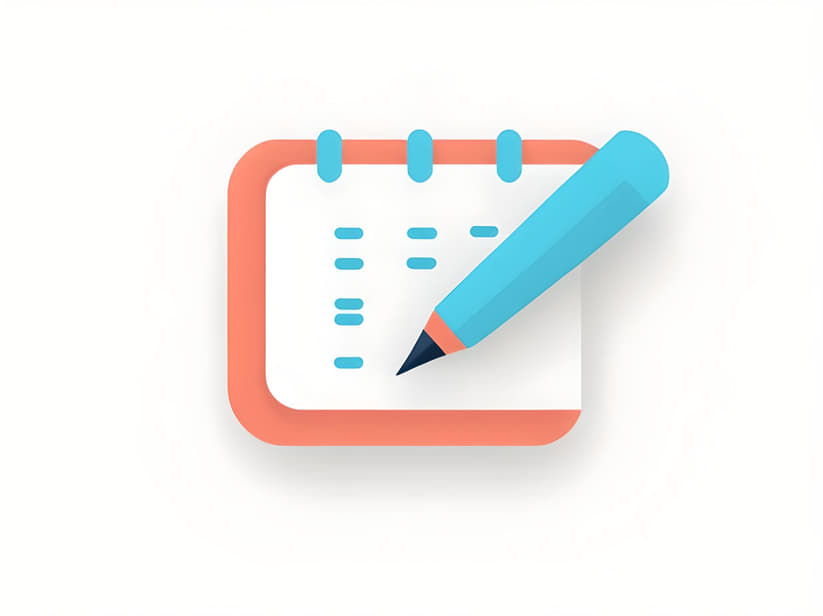
Stenography, the art of shorthand writing, has long been valued for its efficiency in capturing spoken language quickly and accurately. Whether for court reporting, transcription services, or personal use, learning stenography can offer significant advantages. This article explores the journey of learning stenography, the factors influencing proficiency, and realistic expectations regarding the time required to achieve mastery.
Understanding Stenography
Stenography involves the use of symbols or abbreviations to represent words, phrases, or sounds. Unlike conventional typing, which relies on individual letters and characters, stenography utilizes a phonetic-based system that captures speech in real-time. This method allows skilled stenographers to transcribe spoken language at speeds exceeding 200 words per minute.
Types of Stenographic Systems:
- Machine Shorthand: Uses specialized stenotype machines with multiple keys to input phonetic sounds and combinations.
- Pitman Shorthand: A type of shorthand that uses a combination of symbols and abbreviations for rapid writing.
- Gregg Shorthand: Another popular shorthand system that uses symbols and strokes to represent sounds and words.
Factors Influencing Learning Speed
Several factors influence how quickly one can learn stenography and achieve proficiency:
1. Prior Typing Skills:
- Individuals with strong typing skills may find certain aspects of stenography, such as hand-eye coordination and finger dexterity, easier to grasp.
2. Practice and Dedication:
- Like any skill, proficiency in stenography requires consistent practice and dedication. Regular practice sessions help reinforce shorthand symbols and improve transcription speed.
3. Complexity of Shorthand System:
- Some shorthand systems are more complex than others, requiring a longer learning curve to master their symbols and abbreviations.
4. Educational Resources:
- Access to quality educational resources, such as textbooks, online courses, and experienced instructors, can significantly accelerate the learning process.
Steps to Learning Stenography
1. Choose a Shorthand System:
- Research and select a shorthand system that aligns with your learning goals and professional aspirations. Consider factors such as ease of use, industry relevance, and available learning resources.
2. Enroll in a Stenography Course:
- Formal stenography courses provide structured learning environments with expert guidance and hands-on practice opportunities. Look for accredited programs or workshops tailored to your chosen shorthand system.
3. Practice Regularly:
- Dedicate time each day to practice shorthand drills, dictations, and transcription exercises. Consistent practice enhances muscle memory and improves transcription accuracy and speed.
4. Seek Feedback and Review:
- Solicit feedback from instructors or peers to identify areas for improvement and reinforce learning objectives. Reviewing transcripts and identifying errors helps refine shorthand proficiency over time.
Time Frame for Learning Stenography
The time required to learn stenography varies depending on individual aptitude, learning method, and chosen shorthand system. Generally, mastering basic shorthand skills may take several months of consistent practice, while achieving professional-level proficiency can span one to two years or longer.
Beginner Stage:
- Timeline: Approximately 3-6 months
- Focus: Learning basic shorthand symbols, phonetic principles, and building transcription speed.
Intermediate Stage:
- Timeline: 6 months to 1 year
- Focus: Improving accuracy, increasing transcription speed, and mastering advanced shorthand techniques.
Advanced Stage:
- Timeline: 1 year or more
- Focus: Achieving high-speed transcription capabilities (200+ words per minute), specialized vocabulary, and adapting shorthand skills to professional settings.
Realistic Expectations and Challenges
Learning stenography requires patience, persistence, and a willingness to overcome challenges:
- Complexity: Mastering shorthand systems involves memorizing hundreds of symbols and abbreviations.
- Accuracy: Achieving high transcription accuracy while maintaining speed is a continuous process of refinement.
- Adaptation: Adapting shorthand skills to different accents, speech patterns, and specialized terminology poses ongoing challenges.
Learning stenography offers a gateway to efficient transcription and enhanced professional opportunities in fields requiring rapid, accurate documentation. By understanding the factors influencing learning speed, choosing a suitable shorthand system, and committing to regular practice, individuals can steadily progress from novice to proficient stenographers. While the journey to mastering stenography varies in duration, embracing a structured learning approach and leveraging educational resources can expedite skill development and promote long-term success in this specialized field. Whether pursuing stenography for career advancement or personal interest, investing time and effort in mastering shorthand skills promises rewarding outcomes in transcription efficiency and professional versatility.